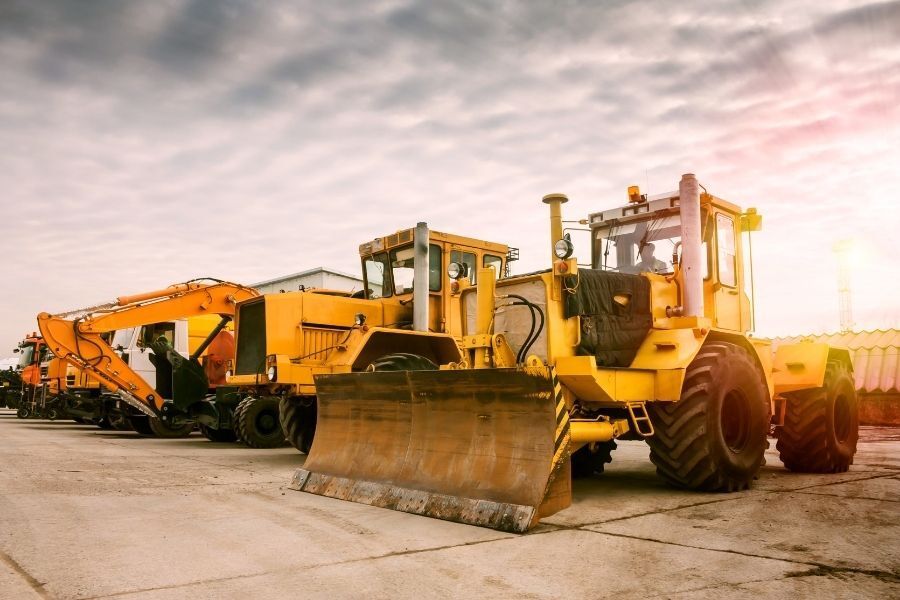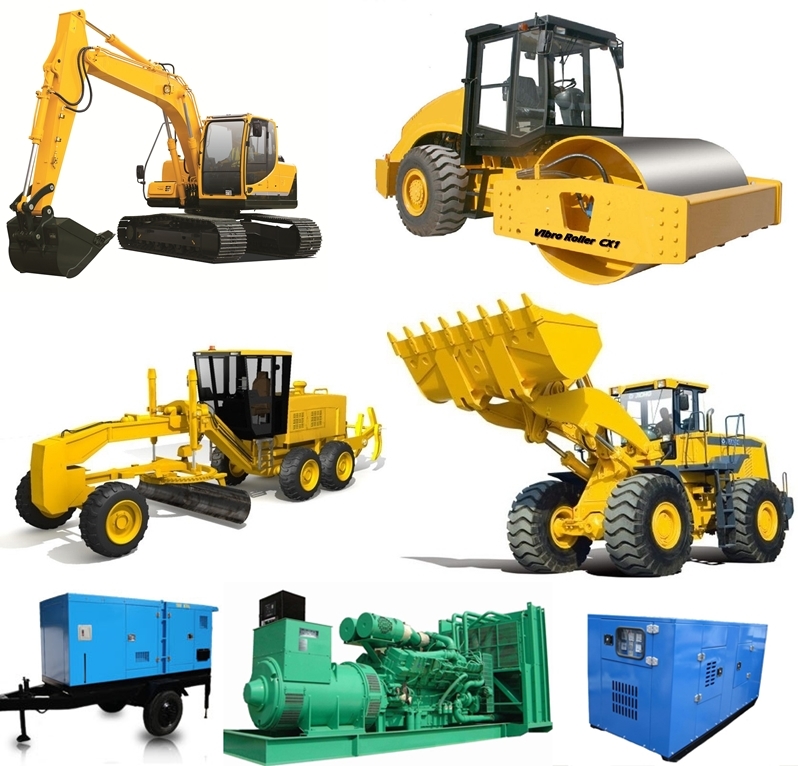Construction Equipment Rentals: Strong Machinery for Your Jobs
Construction Equipment Rentals: Strong Machinery for Your Jobs
Blog Article
Maximize Your Budget by Comprehending the Costs Related To Building Equipment Services
Comprehending the complete range of expenses connected with building and construction tools rentals is essential for optimizing your spending plan. What approaches can be used to successfully handle these costs and ensure a more effective rental experience?
Overview of Rental Expenses
When thinking about building equipment rentals, comprehending the linked costs is extremely important for effective budgeting and task planning. Rental prices can differ substantially based on several aspects, including tools kind, duration of service, and location. The preliminary rental cost frequently shows the tools's market demand and its connected functional abilities, influencing the total cost.
Along with the base rental rate, supplementary prices might develop, such as transport costs, fuel additional charges, and maintenance fees. It is necessary to make up these extra costs to accurately analyze the total cost of leasing tools. Additionally, the rental period can impact rates; longer services may certify for affordable prices, while short-term rentals may incur higher day-to-day charges.

Malfunction of Rental Rates
A thorough understanding of rental prices is important for specialists and job managers intending to maximize their budgets. Rental rates for building and construction equipment typically contain numerous elements, consisting of base prices, time-based costs, and use fees.
Base prices are the core costs connected with the rental of the tools, often established by the type and size of the equipment. These prices can differ substantially, influenced by factors such as tools demand, schedule, and regional market patterns. Time-based charges, which might be daily, weekly, or monthly, offer to accommodate various task timelines and rental durations.
Furthermore, rental rates may include use costs, which apply when devices is made use of beyond a defined limit, making certain that the rental firm can account for deterioration. Seasonal need fluctuations can likewise affect rental prices, with peak building seasons normally regulating greater prices.
In addition, understanding the rental firm's policies concerning maintenance and insurance coverage can supply more insight right into the total price framework. By assessing these elements, specialists can make informed choices, making sure the option of rental devices lines up with both task requirements and spending plan constraints.
Additional Fees to Consider
Recognizing the details of additional costs is important for professionals to handle their general leasing costs successfully. Past the standard rental rates, various extra charges can significantly influence the overall price of equipment service. These costs commonly include distribution and pickup fees, which can differ based upon distance and logistics included in transporting the tools to and from the job website.
In addition, some rental business might impose fuel additional charges if the devices is returned with less gas than when rented out. It is also vital to recognize potential cleaning charges, particularly for specific equipment that calls for comprehensive maintenance after usage.

Thoroughly examining the rental agreement and clarifying these extra charges in advance can help contractors stay clear of unanticipated costs and ensure that budgets continue to be undamaged throughout the job lifecycle.
Maintenance and Repair Expenses
Normal maintenance and fixing expenses are commonly ignored factors that can substantially affect the general price of building tools rentals. When leasing devices, it is critical to take into consideration not just the rental charges however additionally the potential prices connected with maintaining the equipment in optimum operating problem.
Numerous rental companies consist of fundamental upkeep as component of the rental agreement; nevertheless, more unanticipated break downs or considerable fixings can cause extra costs. It's important to assess the rental contract carefully to comprehend what upkeep services are covered and what duties drop on the occupant.
Furthermore, tools that is not well-kept can bring about inadequacies on duty site, possibly enhancing and creating hold-ups task expenses. To minimize these dangers, it is recommended to carry out normal assessments and keep open interaction with the rental provider pertaining to any kind of issues that develop throughout usage.
Insurance and Liability Expenses
Insurance coverage and liability costs are essential parts that can dramatically affect the total expenditure of building and construction tools leasings (heavy equipment rental). These expenses make sure that both the rental business and the client are secured from possible economic losses emerging from crashes, damage, or theft throughout the rental period

Furthermore, clients ought to be mindful of any type of deductibles or exclusions in the insurance policy, as these can impact possible out-of-pocket expenses. Understanding the terms and problems of any type of insurance policy protection is crucial to avoid unforeseen prices. Eventually, budgeting for insurance and responsibility expenses can aid guarantee a smoother rental experience and protect versus monetary dangers related to building tasks.
Verdict
In final thought, a detailed understanding of the expenses linked with construction devices rentals is important for effective spending plan management. Ultimately, notified decision-making regarding equipment leasings adds to the total success of building ventures.
Rental costs can vary considerably based on a number of factors, consisting of devices type, period of leasing, and area (heavy equipment rental). The rental duration can affect pricing; longer services may qualify for discounted prices, while temporary services may sustain higher day-to-day charges
By performing extensive research study and involving with trusted rental companies, professionals can successfully browse the complexities of rental prices, inevitably optimizing their economic resources.
Past the common rental construction scissor lift rates, different extra fees can significantly influence the overall cost of equipment rental. Rental companies typically offer liability insurance coverage that covers injuries to 3rd parties or damages to home, while tools damages insurance policy can cover the price of repair work or replacement if the rented out equipment is harmed.
Report this page